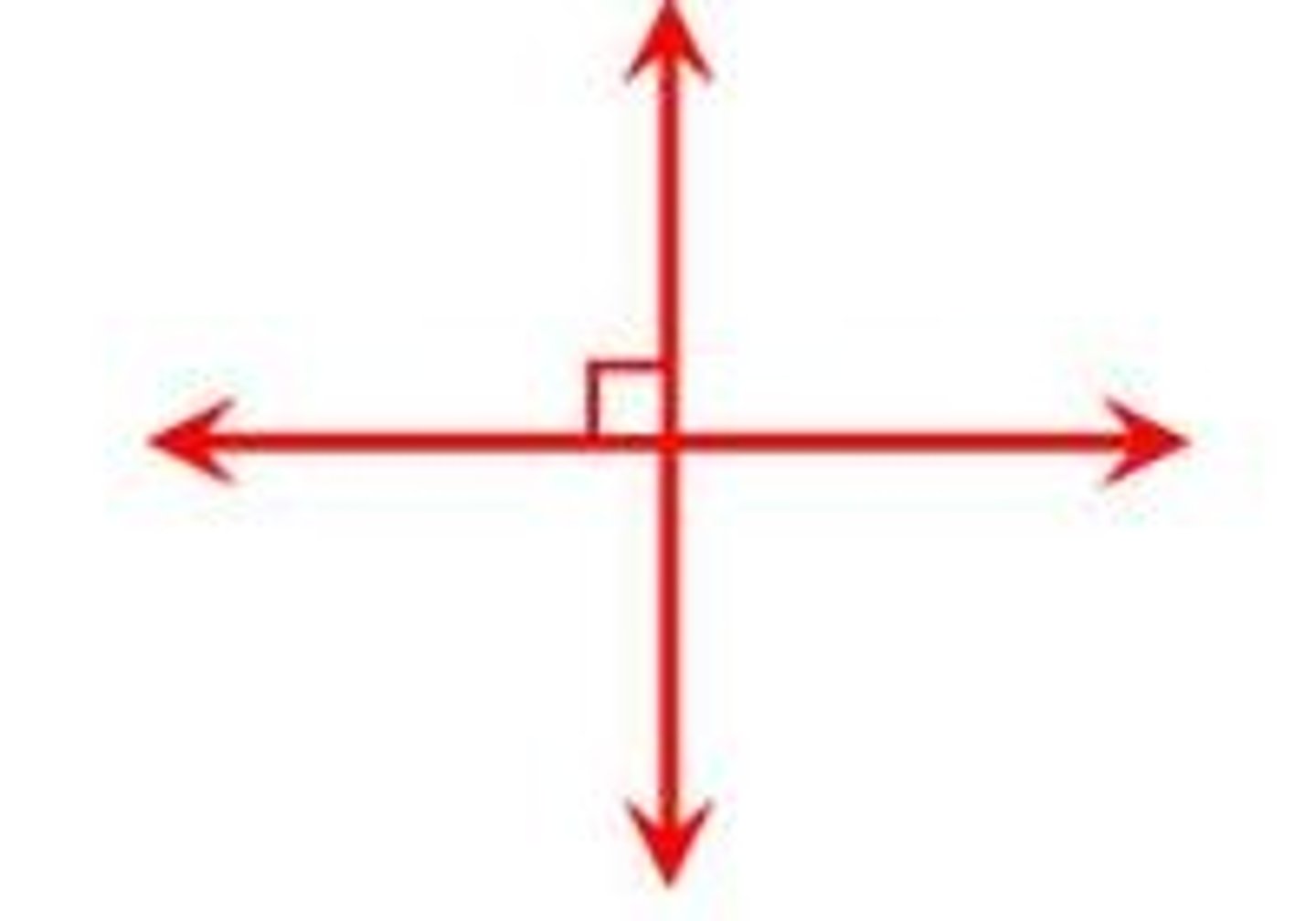Maths CAT - geometry
1/19
There's no tags or description
Looks like no tags are added yet.
Name | Mastery | Learn | Test | Matching | Spaced |
|---|
No study sessions yet.
20 Terms
Equilateral Triangle
Equilateral triangle
All edges are the same
length and all angles
are the same size.
This is shown by the
identical marks on each
edge and each angle.
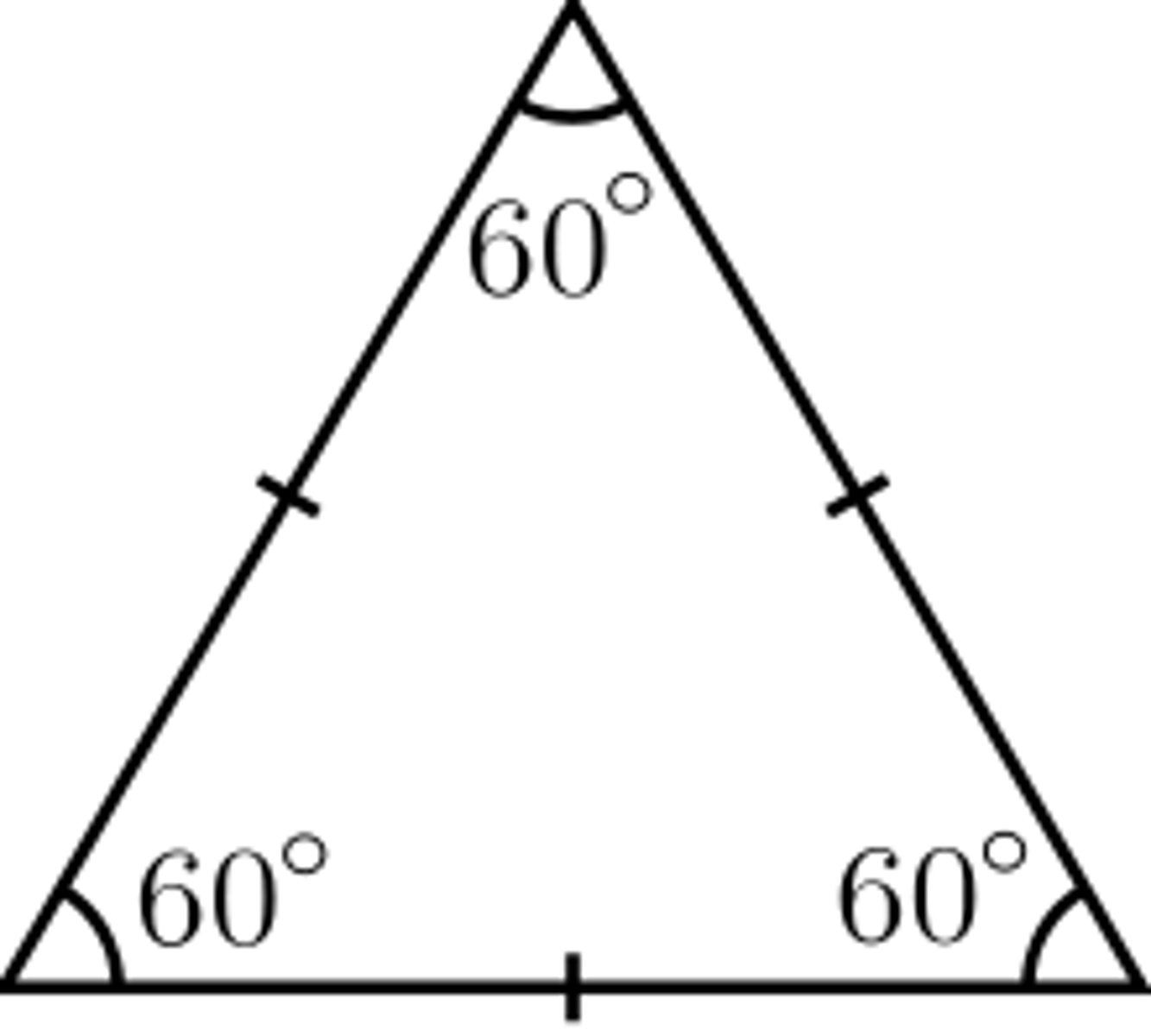
isosceles triangle
a triangle with two equal sides
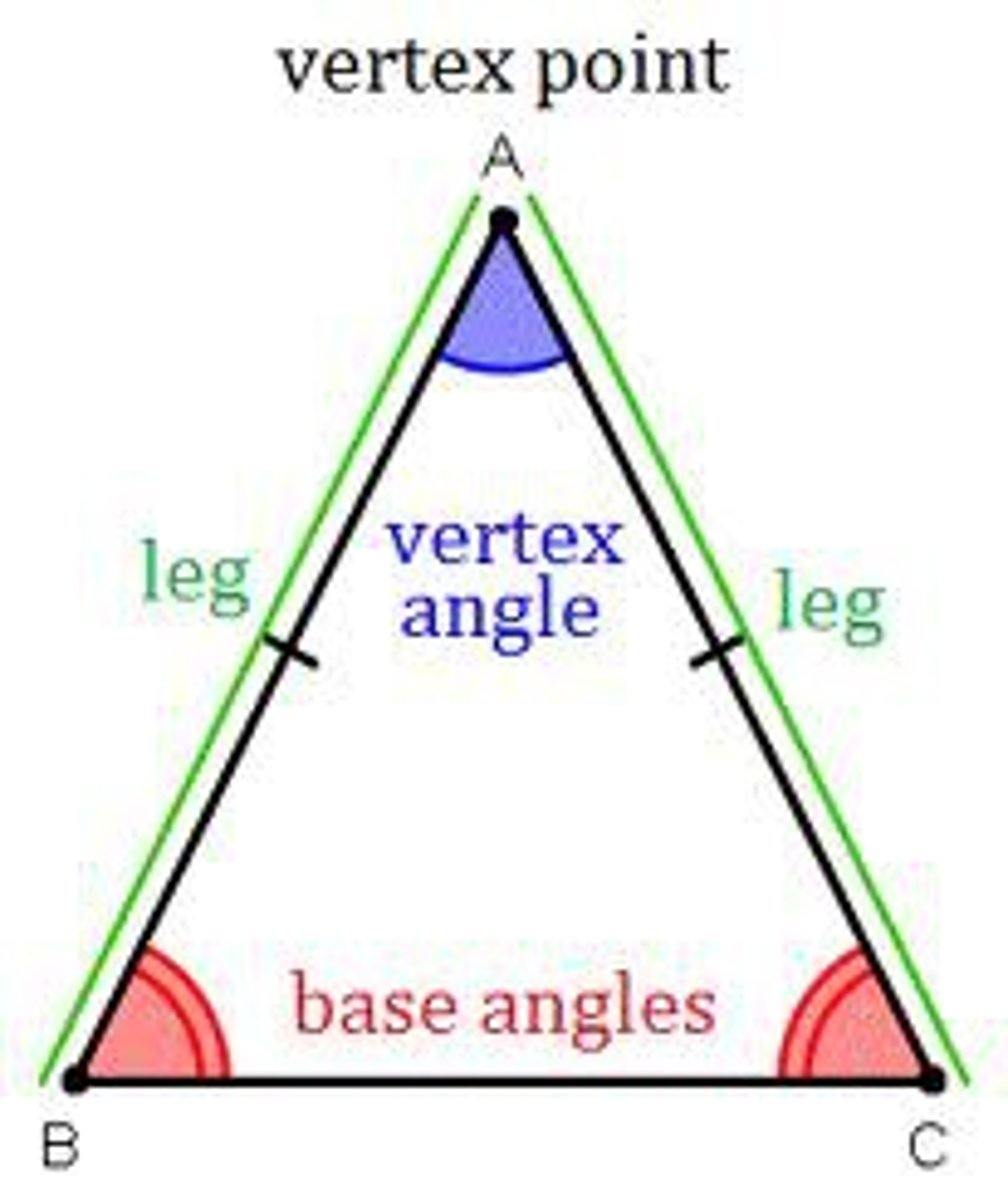
scalene triangle
A triangle with no equal sides
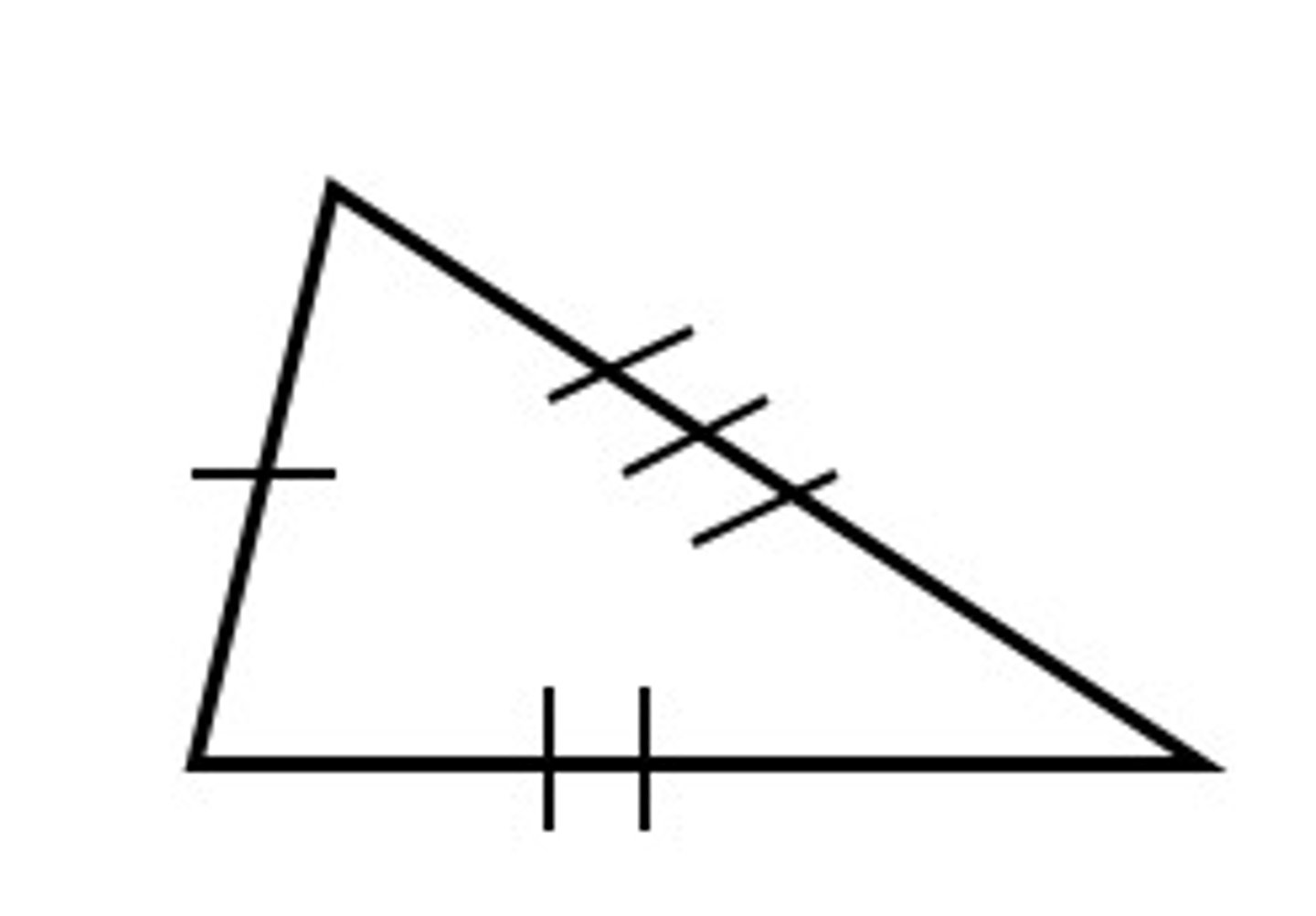
reflex angle
Between 180 and 360 degrees
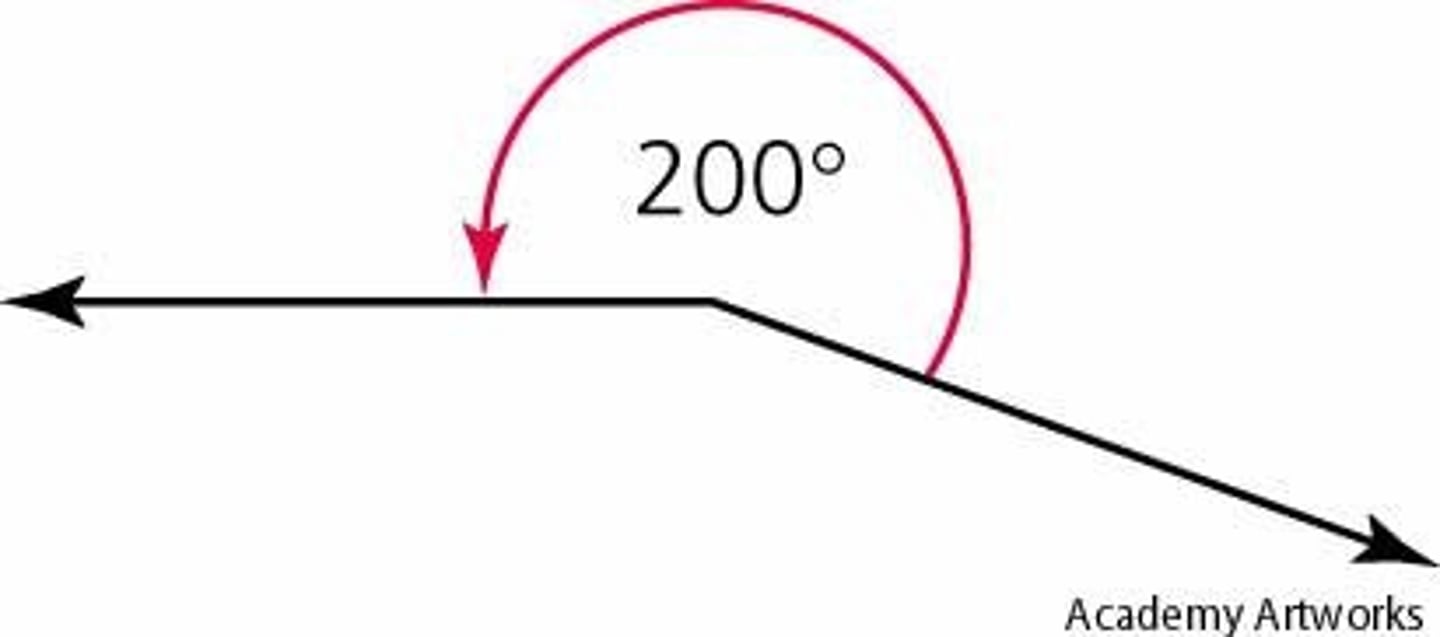
rectangle
Opposite sides are equal in length.
Adjacent sides are perpendicular.
All angles are the same and equal 90°.
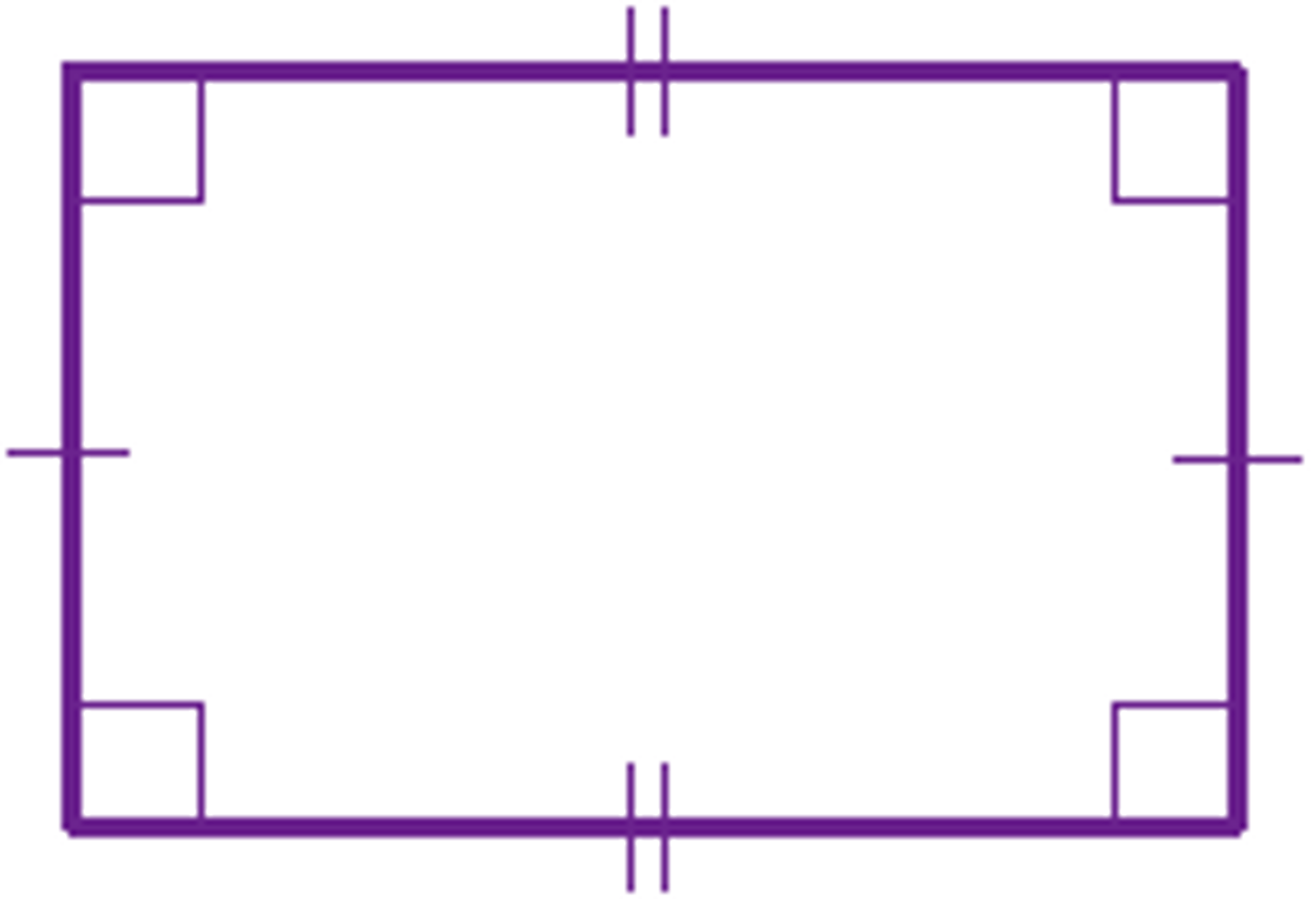
rhombus
All sides are equal in length.
Opposite angles are equal in size.
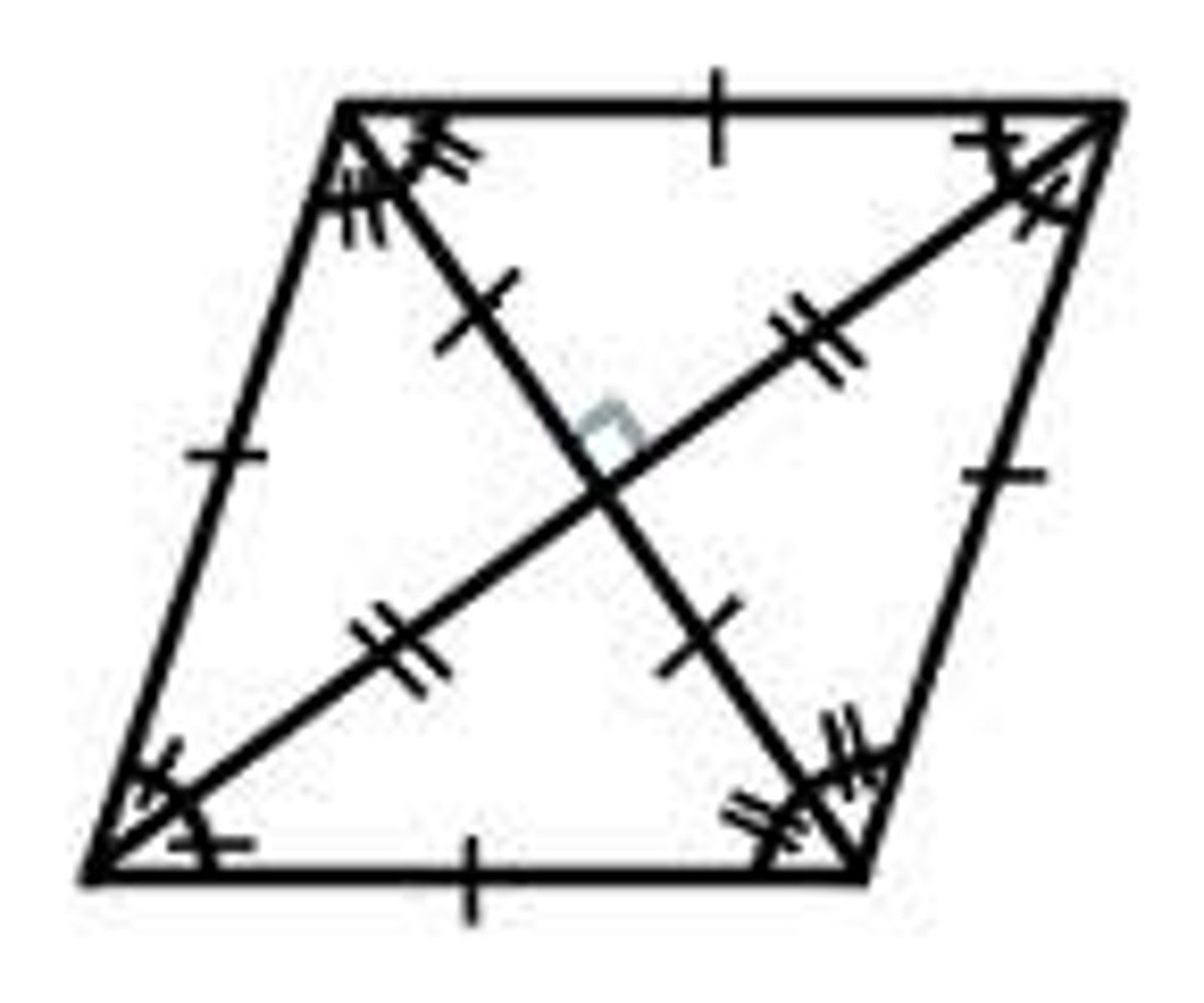
square
All sides are equal in length.
Adjacent sides are perpendicular.
All angles are the same and equal 90°.
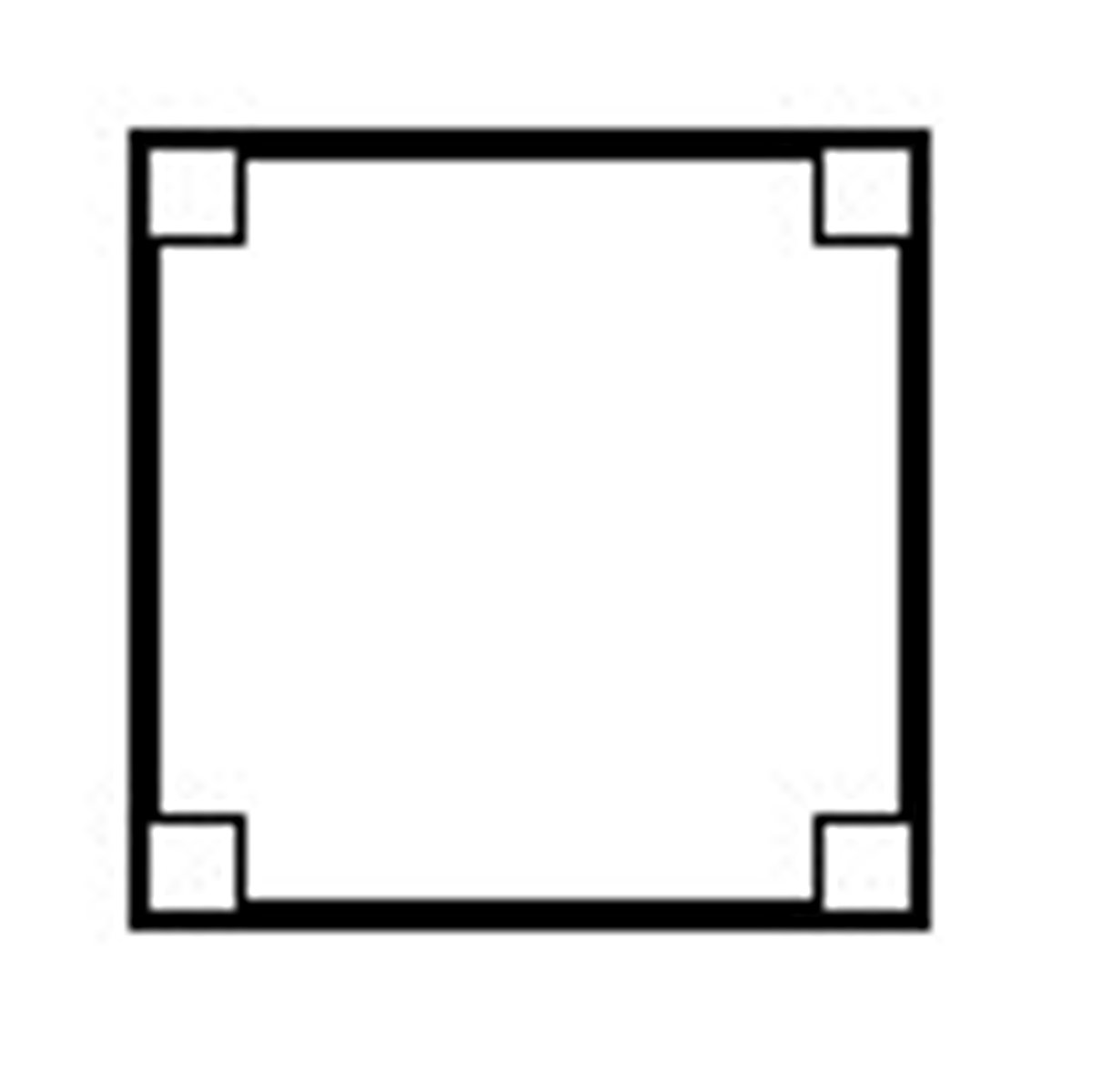
Trapezium
One pair of opposite sides is parallel.
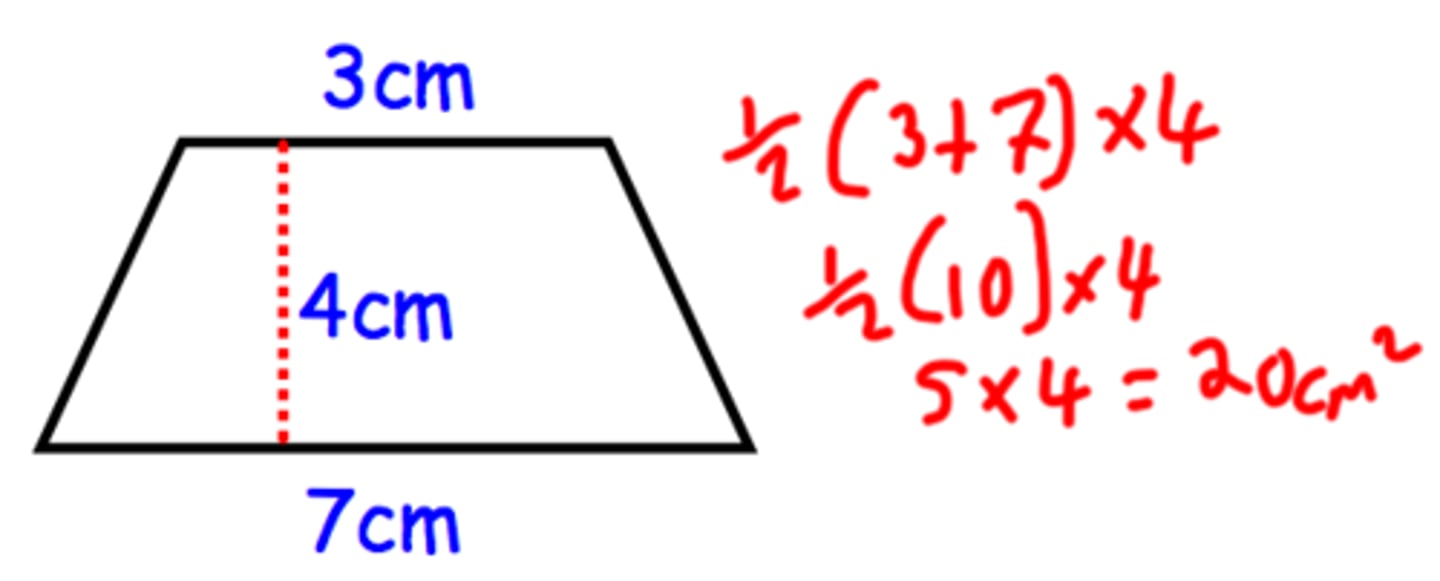
Kite
Two pairs of adjacent (next to each other)
sides are equal in length.
One pair of opposite angles (the ones that
are between the sides of unequal length) are
equal.
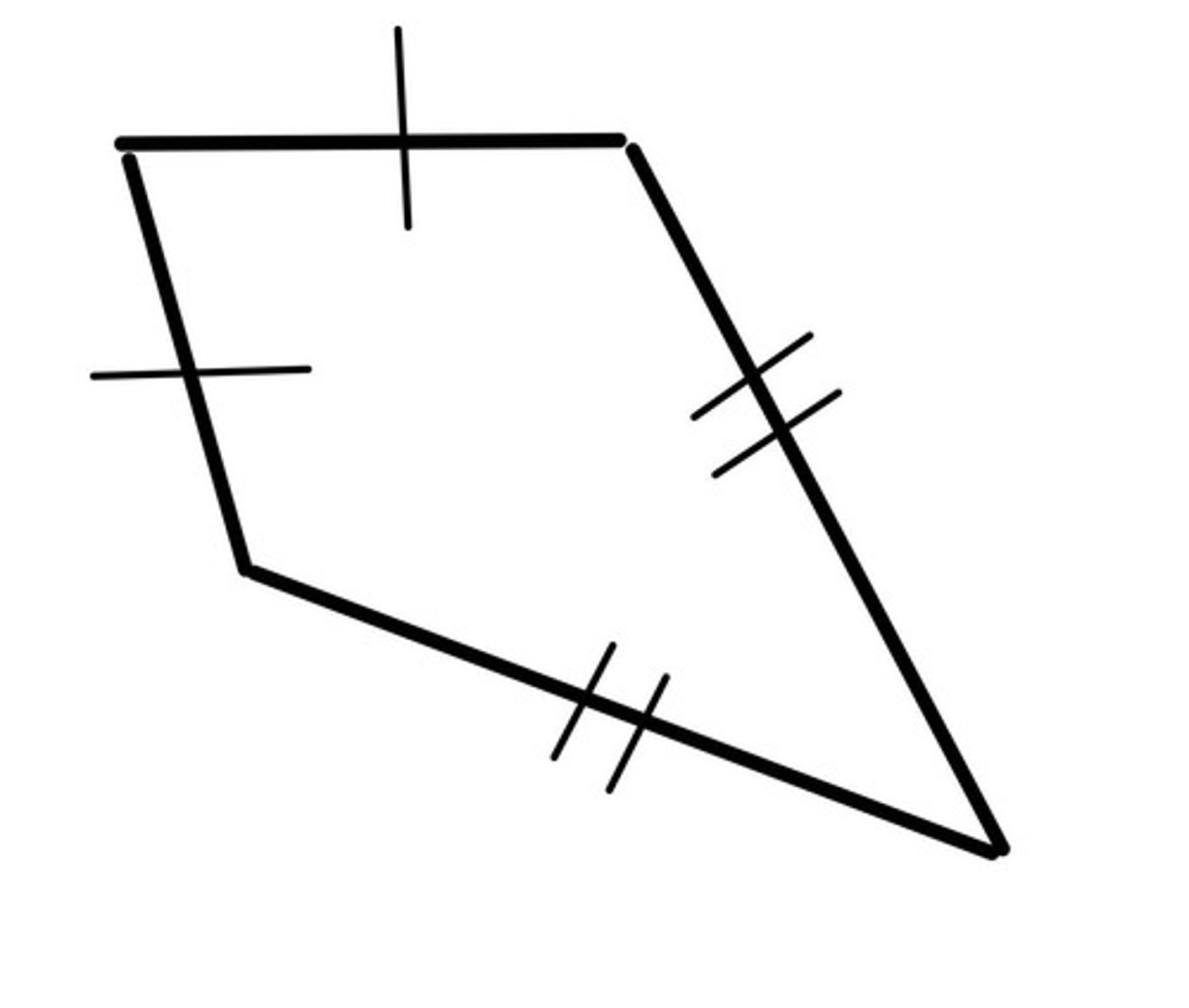
Irregular Quadrilateral
This shape does not have any special
properties.
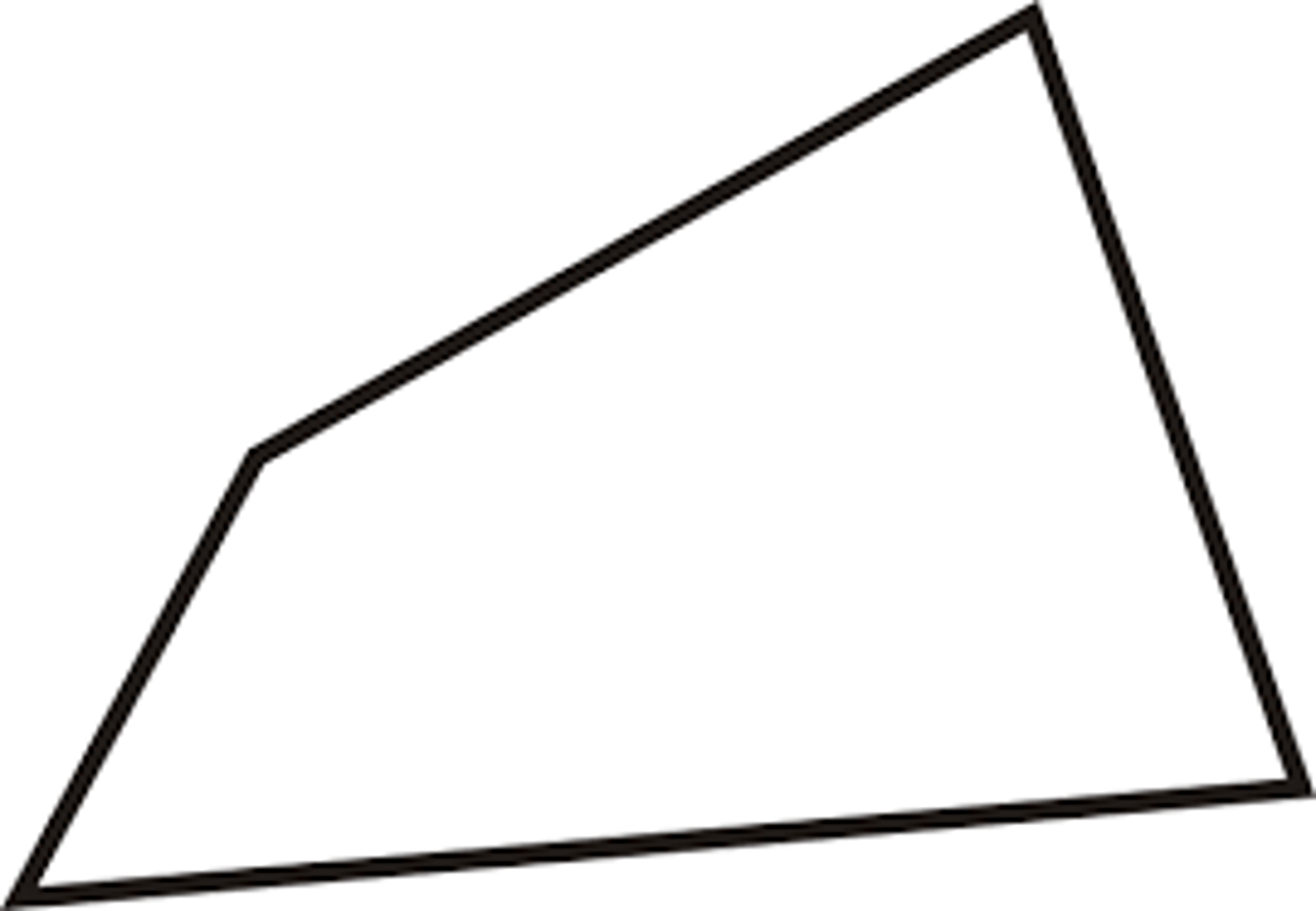
Vertically opposite / adjacent angles
vertically opposite angles are always equal. Adjacent angles are two angles that share a common arm and vertex.
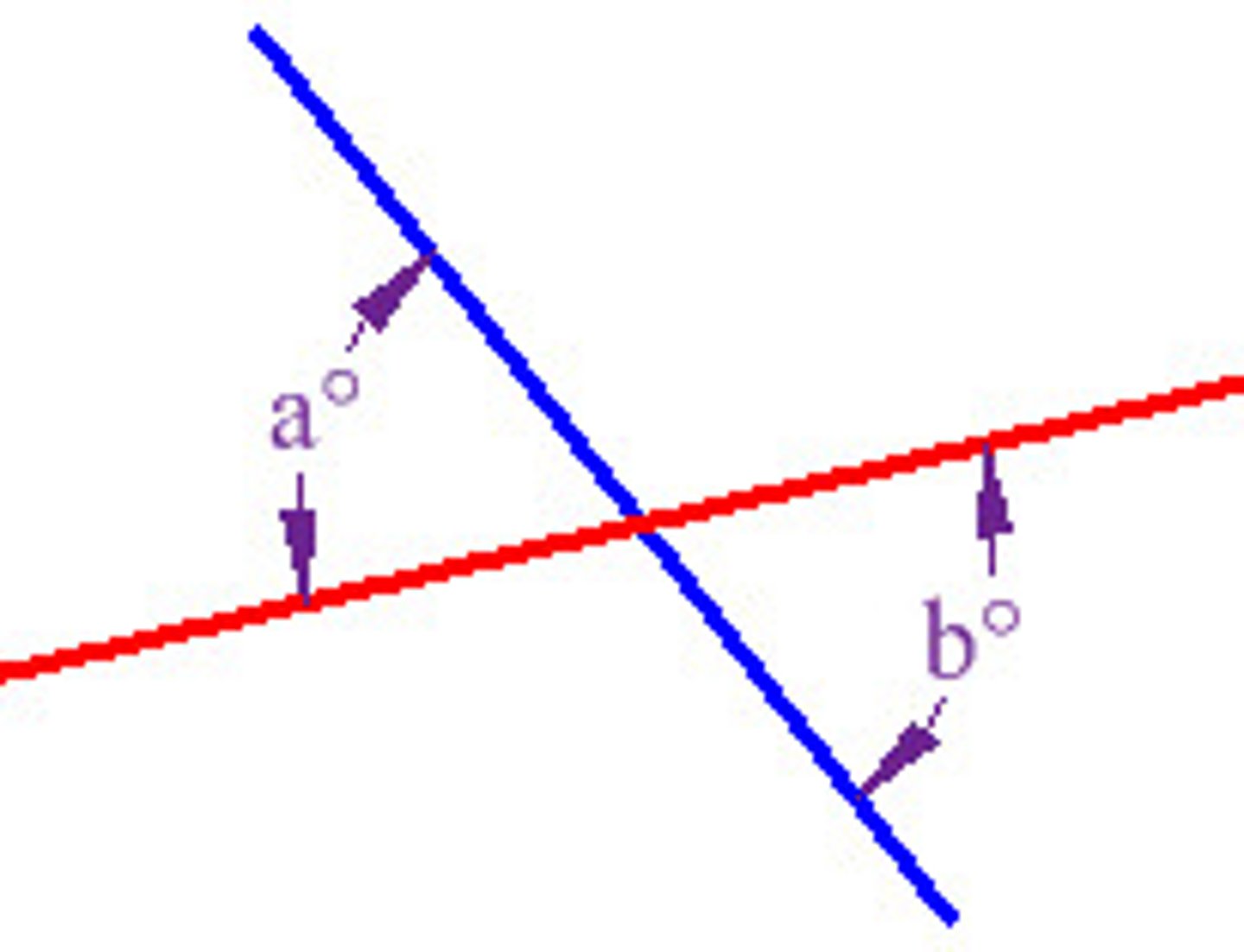
Complementary angles
Complementary angles are adjacent angles that add up to 90°.
In this diagram, x + y = 90°
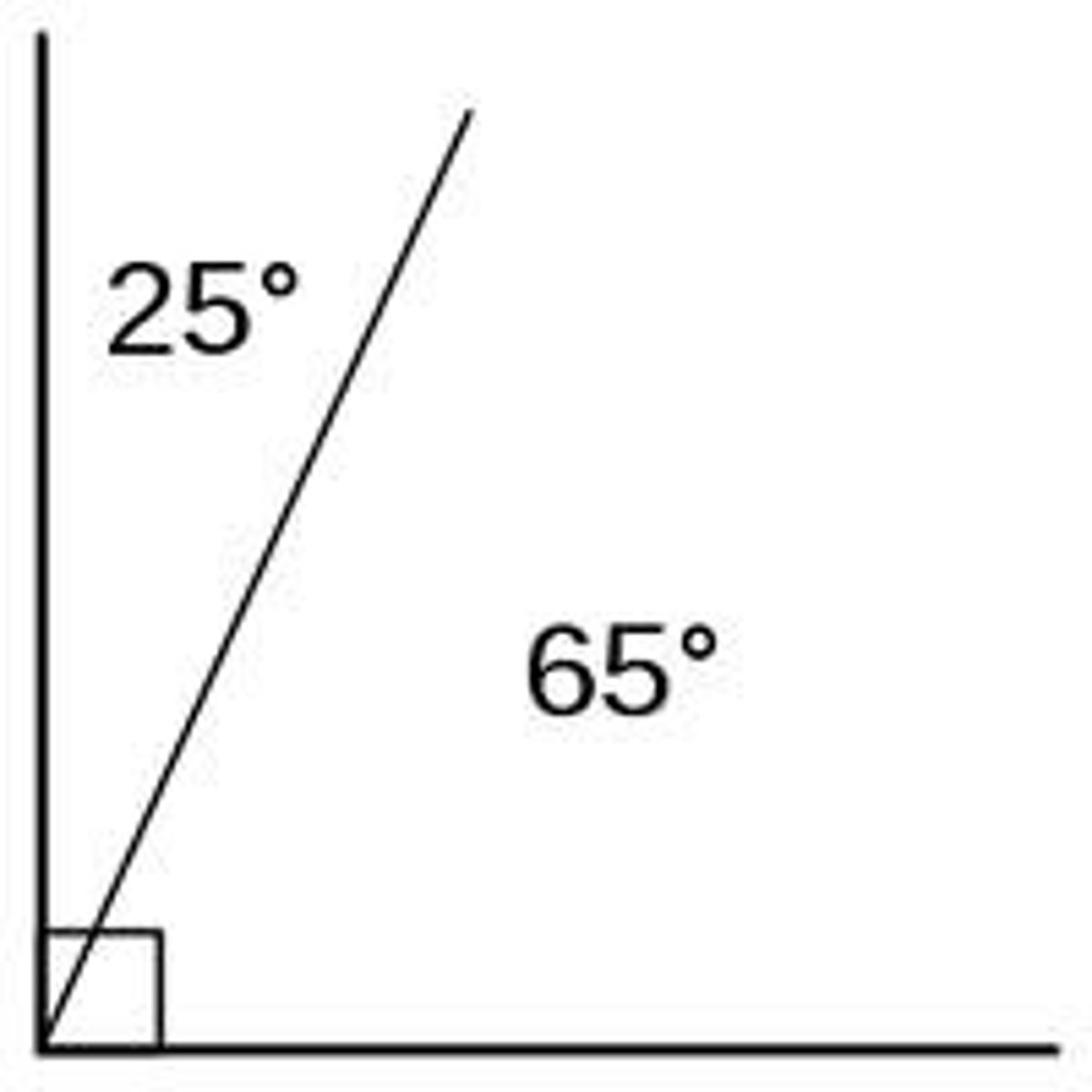
Supplementary angles
Supplementary angles are adjacent angles that add up to 180°.
In this diagram, x + y = 180°.
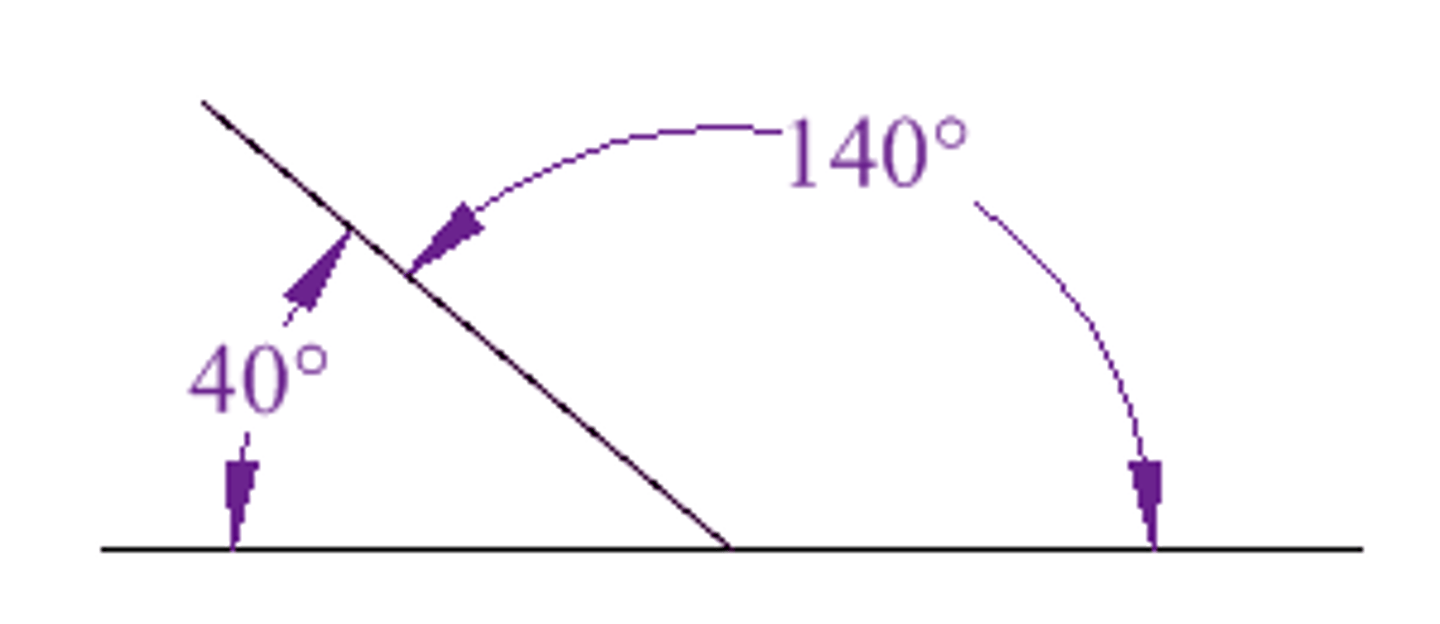
Parallel lines
lines in the same plane that do not intersect
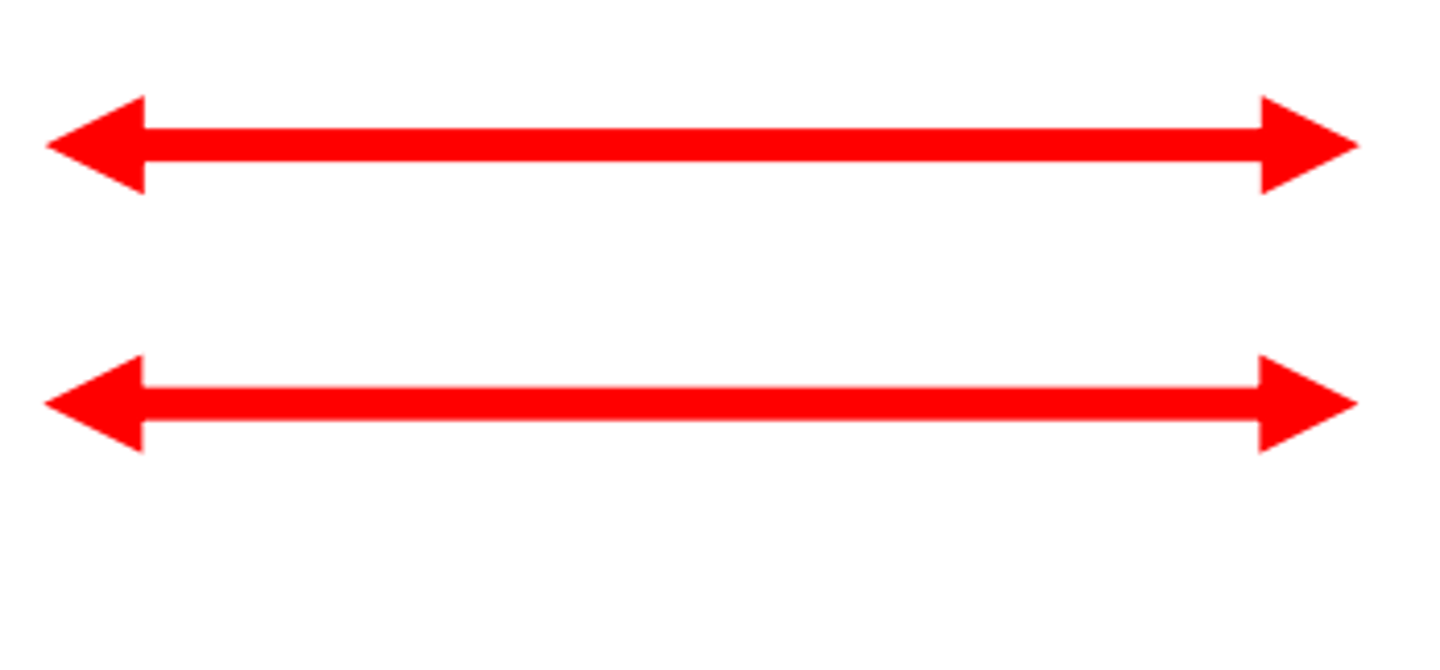
Transversal
The term 'transverse' means 'crossways'. A line that intersects with a pair of parallel lines is called a
transversal.
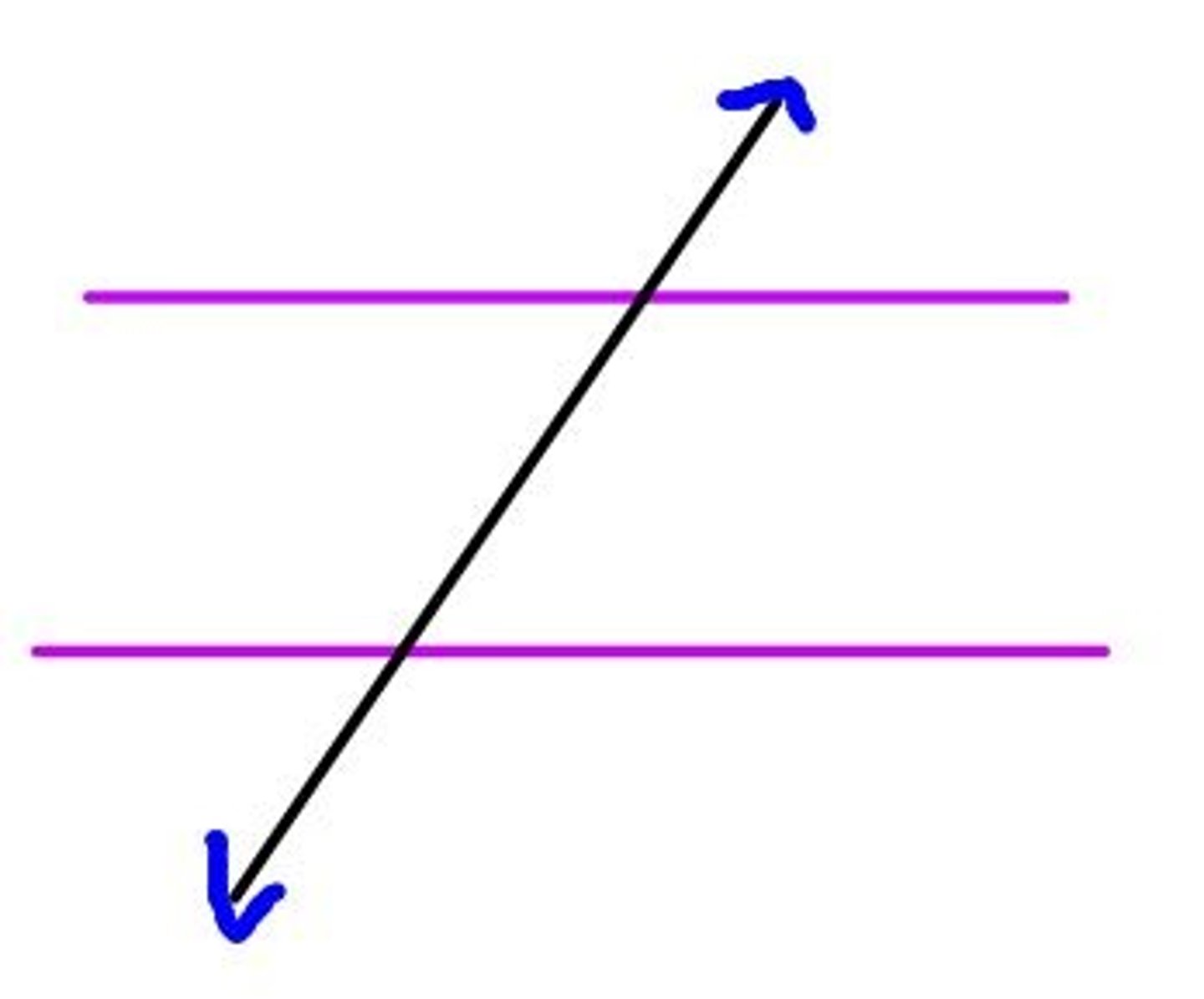
Corresponding Angles
Corresponding angles are
positioned on the same side of
the transversal and are either both
above or both below the parallel
lines. Think of them as F-shaped.
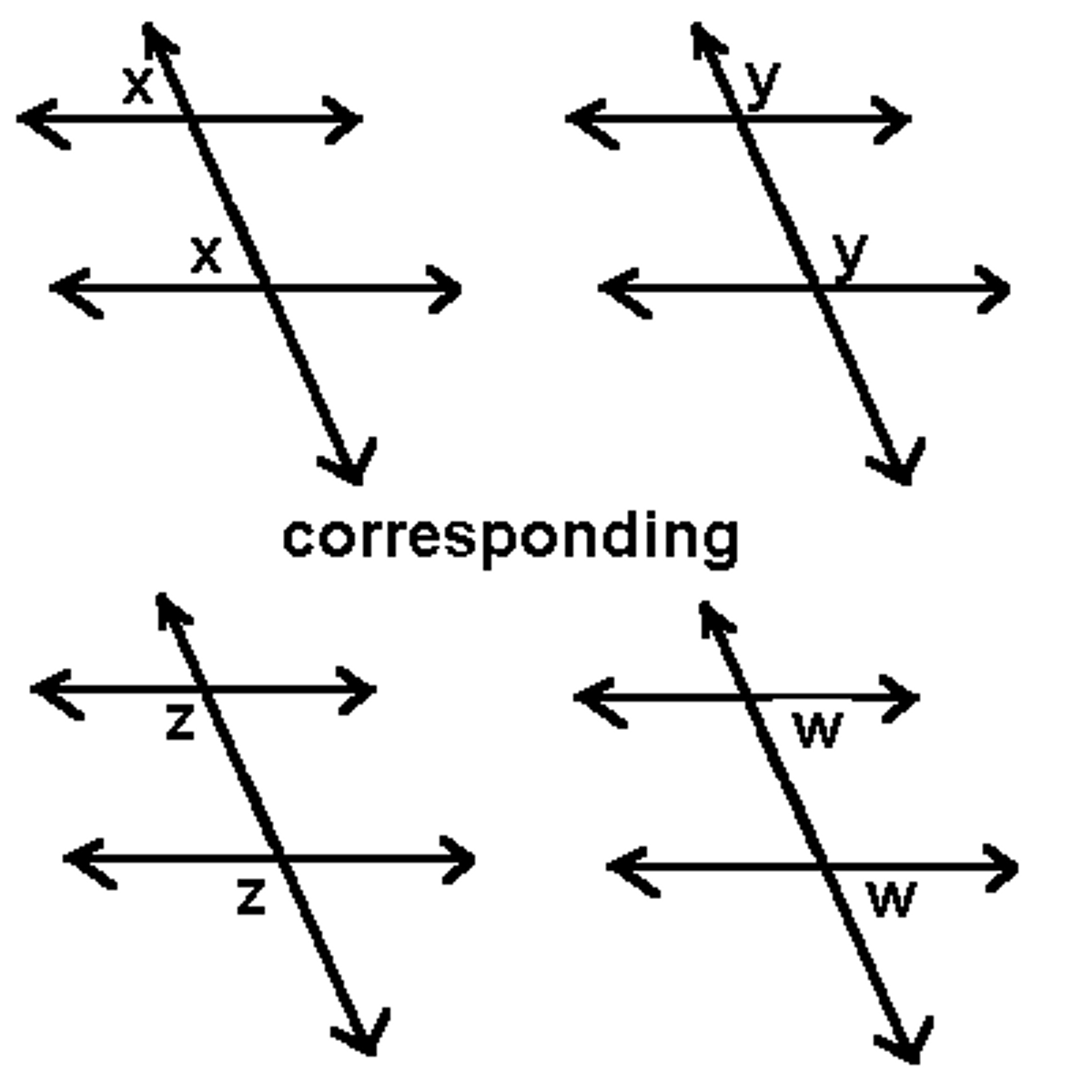
Co-interior Angles
Co-interior angles are positioned
'inside' the parallel lines, on the
same side of the transversal. Think
of them as C-shaped.
Co-interior angles are also called
allied angles.
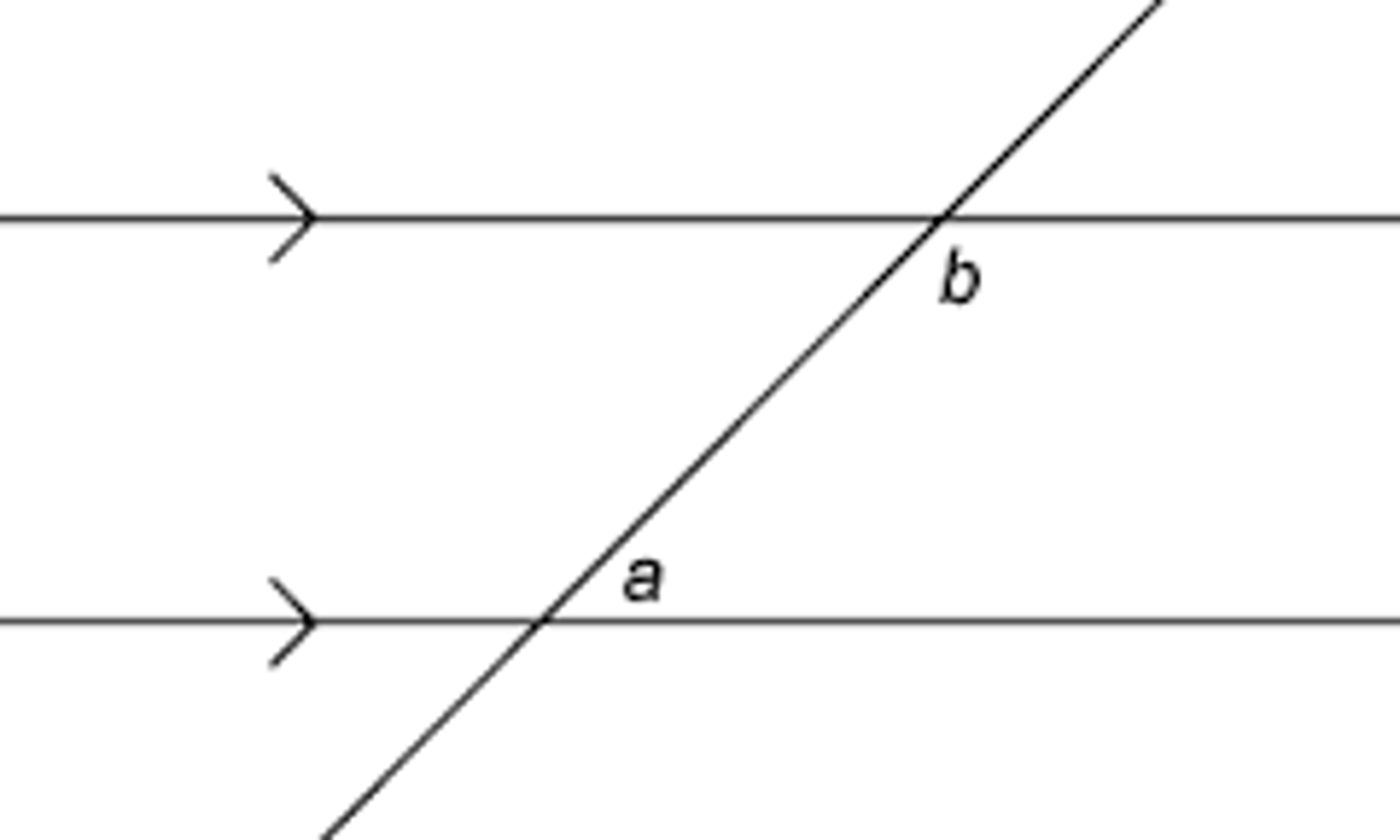
Alternate Angles
Alternate angles are positioned
'inside' the parallel lines on
alternate sides of the transversal.
think of them as Z-shaped.
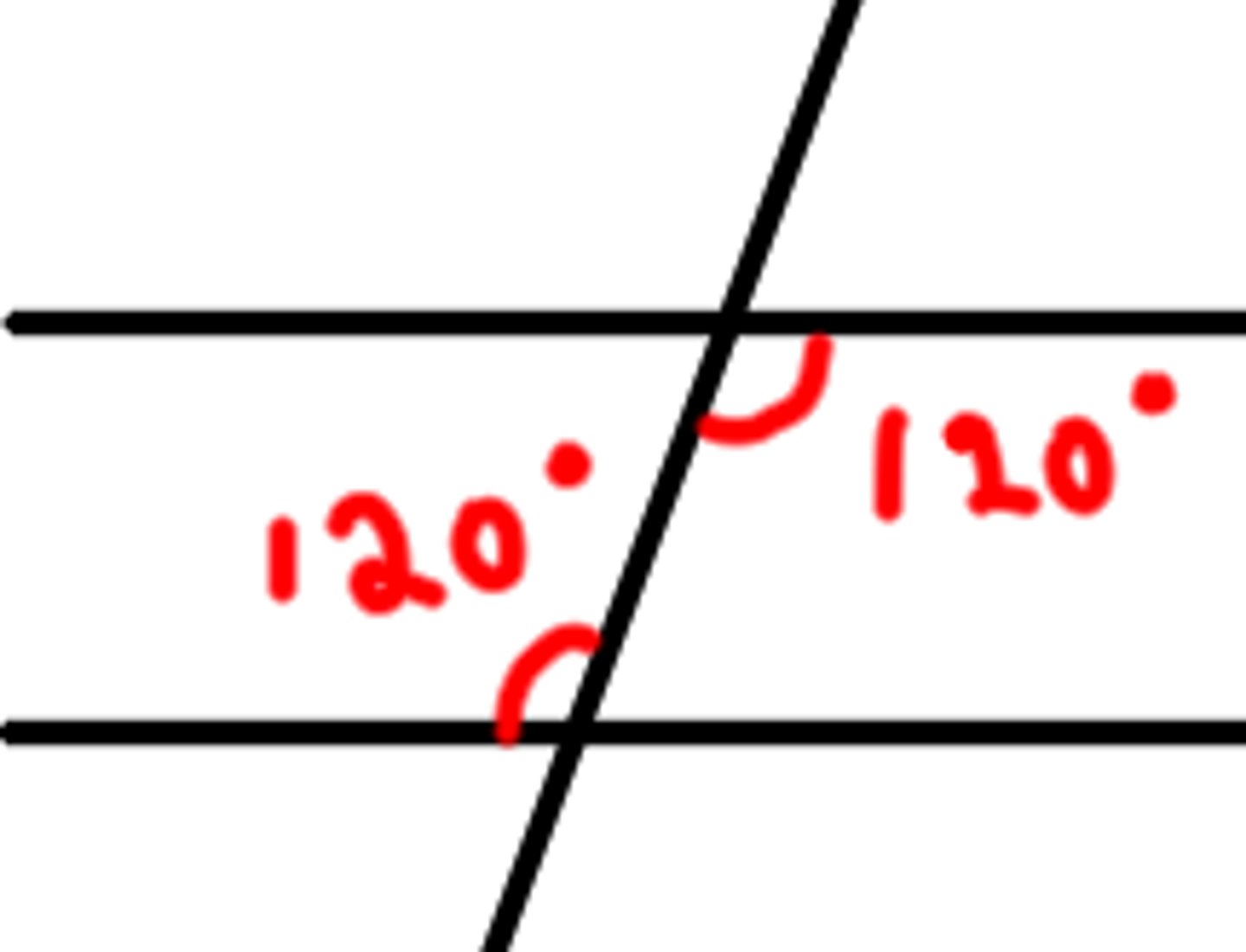
Vertically opposite angles
Vertically opposite angles are
created when two lines intersect.
The angles opposite each other
are equal in size. Think of them as
X-shaped.
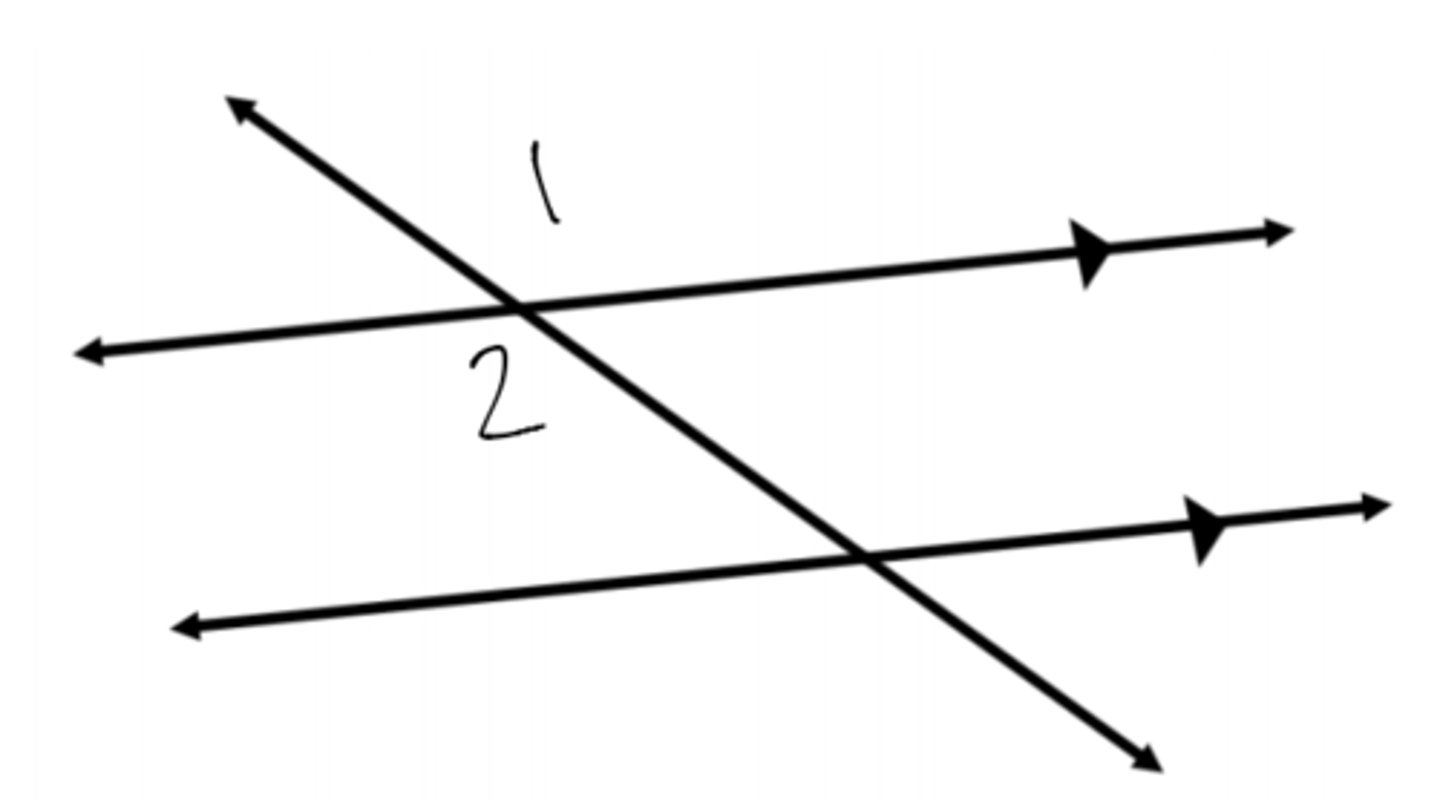
perpendicular lines
two lines that intersect at a right angle. This is often shown by a right-angle symbol in the corner where the two lines meet. You can see perpendicular lines everywhere you go, from the corners of buildings to branches in the trees. They don't have to just be intersecting on a piece of paper either. Perpendicular lines can be side-to-side or vertical too.
